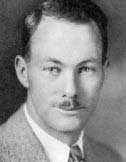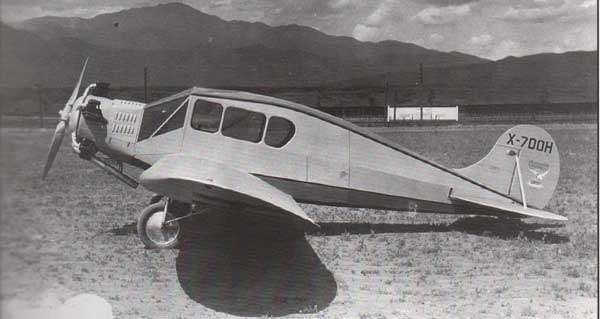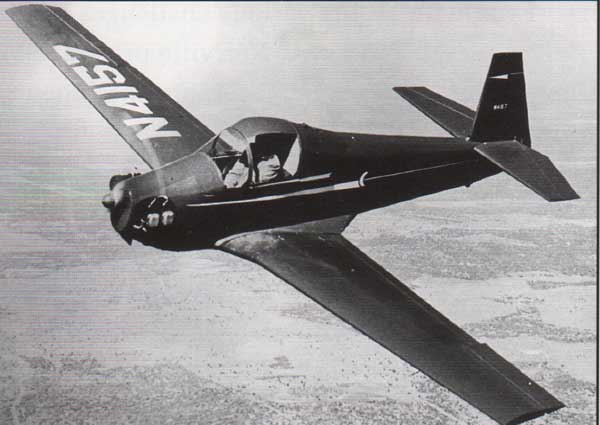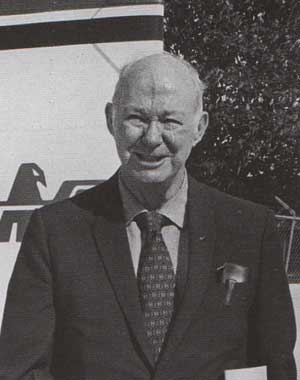THANK YOU!
YOUR PURCHASE OF THESE BOOKS SUPPORTS THE WEB SITES THAT BRING TO YOU THE HISTORY BEHIND OLD AIRFIELD REGISTERS
Your copy of the Davis-Monthan Airfield Register 1925-1936 with all the pilots' signatures and helpful cross-references to pilots and their aircraft is available at the link. 375 pages with black & white photographs and extensive tables
---o0o---
The Congress of Ghosts (available as eBook) is an anniversary celebration for 2010. It is an historical biography, that celebrates the 5th year online of www.dmairfield.org and the 10th year of effort on the project dedicated to analyze and exhibit the history embodied in the Register of the Davis-Monthan Airfield, Tucson, AZ. This book includes over thirty people, aircraft and events that swirled through Tucson between 1925 and 1936. It includes across 277 pages previously unpublished photographs and texts, and facsimiles of personal letters, diaries and military orders. Order your copy at the link.
---o0o---
Military Aircraft of the Davis Monthan Register 1925-1936 is available at the link. This book describes and illustrates with black & white photographs the majority of military aircraft that landed at the Davis-Monthan Airfield between 1925 and 1936. The book includes biographies of some of the pilots who flew the aircraft to Tucson as well as extensive listings of all the pilots and airplanes. Use this FORM to order a copy signed by the author, while supplies last.
---o0o---
Art Goebel's Own Story by Art Goebel (edited by G.W. Hyatt) is written in language that expands for us his life as a Golden Age aviation entrepreneur, who used his aviation exploits to build a business around his passion. Available as a free download at the link.
---o0o---
Winners' Viewpoints: The Great 1927 Trans-Pacific Dole Race (available as eBook) is available at the link. This book describes and illustrates with black & white photographs the majority of military aircraft that landed at the Davis-Monthan Airfield between 1925 and 1936. The book includes biographies of some of the pilots who flew the aircraft to Tucson as well as extensive listings of all the pilots and airplanes. Use this FORM to order a copy signed by the author, while supplies last.
---o0o---
Clover Field: The first Century of Aviation in the Golden State (available in paperback) With the 100th anniversary in 2017 of the use of Clover Field as a place to land aircraft in Santa Monica, this book celebrates that use by exploring some of the people and aircraft that made the airport great. 281 pages, black & white photographs.
---o0o---
YOU CAN HELP
I'm looking for information and photographs of pilot Mooney and his airplanes to include on this page. If you have some you'd like to share, please click this FORM to contact me.
---o0o---
SPONSORED LINKS
HELP KEEP THESE WEB SITES ONLINE
FOR YOUR CONVENIENCE
You may NOW donate via PAYPAL by clicking the "Donate" icon below and using your credit card. You may use your card or your PAYPAL account. You are not required to have a PAYPAL account to donate.
When your donation clears the PAYPAL system, a certified receipt from Delta Mike Airfield, Inc. will be emailed to you for your tax purposes.
---o0o---
ALBERT W. MOONEY
Al Mooney was born in Denver, CO on April 12, 1906. He signed the Peterson Field Register twice during a period of great change in his life. According to this REFERENCE, Mooney was in the throes of changing jobs from the Alexander Aircraft Company to his own new operation, the Mooney Aircraft Company.
 |
|---|
Mooney had been working since 1925 for the Alexander Aircraft Company in Colorado Springs. He was a minimalist in his approach, and contributed greatly to improving the Alexander Eaglerock design for more efficient operation in the thin, mile-high air of Colorado Springs.
According to the reference cited above, early in 1929, Mooney was invited to Wichita, KS to meet financial backers with the idea of forming his own venture, the Mooney Aircraft Company, based in Wichita. The deal was struck and he moved to Wichita and set up shop in April, 1929.
Mooney's first signature in the Peterson Register was on February 22, 1929 at 5:30PM. His passenger was identified simply as "Nichols." HE was Proctor Nichols. They flew the airplane he identified as NX6390, an Eaglerock low-wing Bullet C-1 model with an Anzani engine. This airplane was designed by him and manufactured at the nearby Alexander Eaglerock factory. They arrived from the Alexander Airport, about six miles north of Peterson Field, where the airplane was built. He was undoubtedly in conference with his Wichita connection by then.
There are two interesting anecdotes about this landing on February 22nd. First is that it was executed in a howling snowstorm as documented in this REFERENCE on page 65. Second is that this landing is the first ever recorded in the Peterson Field Register on page 1, line 1.
The Mooney Aircraft Company (MAC) built and flew its first low-wing airplane in seven months. His first Mooney airplane, which was NX463N and called the Mooney M-5 Low-Wing, looked a lot like the one below. NC700H (not a Register airplane) is an Alexander C-4 Bullet with a Wright J-6 engine. Note the foothills of the Rocky Mountains in the background of this photograph taken at Peterson Field.
 |
|---|
With the stock market crash in October, 1929 just about coinciding with the flight of his first airplane, Mooney was out of a job after manufacturing just two of his Mooney Bullets. His second landing at Colorado Springs was on July 18, 1930 at 6:30PM. He arrived at Peterson from Wichita, KS flying one of his Mooney Bullets (not identified by number in the Register). He carried three unidentified passengers. He departed on July 20th at 9:10AM for an unidentified destination.
Later in 1930, he took a brief position with Nicholas-Beazley Aircraft in Missouri. Any job was a good job as the Great Depression deepened. He returned to Denver in 1931 after helping Nicholas-Beazley certificate their Model NB-8. Then he moved to New Castle, DE in December, 1931 to work for Bellanca Aircraft. His work there dealt mostly with Washington regulators, securing approvals for Bellanca designs. In May, 1935 he moved to St. Louis, MO to work with Clare Bunch at the Monocoupe company. At Monocoupe, Mooney developed the M-10 Monosport, which laid the ground work for his next position with the well-off Culver family of Columbus, OH.
SPONSORED LINKS
Knight K. Culver, Jr. bought from Monocoupe the design and production rights to the Monosport for $30,000 in 1937. This was a tidy sum with the Depression in full swing. Culver incorporated the Dart Manufacturing Company and began production at Port Columbus Airport in Columbus, OH. Mooney remained with Culver through WWII and was responsible for designing the Culver drone aircraft used by the military. After WWII, Mooney reincorporated MAC on June 18, 1948 and by 1953 moved his base of operations to Kerrville, TX.
At Kerrville he used his experiences from previous jobs to design and built his Mooney M-18 Mite, a single seat design that was optimized for aerodynamic efficiency with retractable gear and streamlined contours. The M-18 is pictured below.
 |
|---|
His next project was the M-20, a 4-passenger airplane built of wood. Some of the early wood wing Mooneys survive today, but they are maintenance headaches of the first order, with inspections and repairs of the wooden components costing thousands of dollars as they become more frequent with age. Fortunately, Mooney aircraft built from 1960 onward were all-metal.
 |
|---|
Regardless, the M-20 prototype flew in 1953 and was a great success to this day. Single-engine Mooneys manufactured through the years still hold the identifier M-20 with a final letter signifying a model change: M-20C, -D, -E, -F, etc.Your Webmaster owns and flies an M-20C. Please direct your browser to the link and notice the similarity in profiles of the M-18 and my M-20. Great design changes very slowly, especially in the conservative certification and regulatory environment of the Federal Aviation Administration.
Al Mooney left MAC in the fall of 1955 at age 49. Since he left, but probably not because he left, MAC has had several bankruptcies and other ups and downs in its workforce and finances. A faithful workforce came and went and came back again when things improved. MAC still exists, but it seems it has spent over half a century on a shoestring, despite the fact that it manufactured some of the most aerodynamically efficient and fast general aviation aircraft in the fleet. Besides manufacturing its Mooney line of aircraft, MAC entered the business of subcontract manufacturing and has produced parts and components for at least 37 other aeronautical companies.
All totaled, Al Mooney worked for five of the premier aircraft companies of the 20th century. Besides Alexander, Bellanca, Monocoupe and Mooney, he worked for Lockheed after he left his company and remained there until his retirement.
Al Mooney passed away May 7, 1986 at age 80. He is buried near Dallas, TX. There are three important pilots who signed the Peterson Field Register. They are Don Diegel, Al Mooney and Proctor Nichols.
---o0o---
THIS PAGE UPLOADED: 05/04/13 REVISED: 07/16/14
